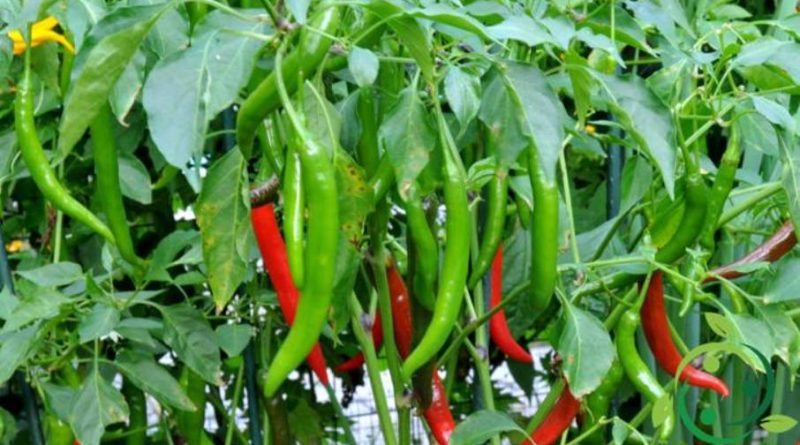How to grow chilli pepper
How to grow chilli pepper
The pepper belongs to the genus Capsicum L., then to the peppers and is characterized in different varieties, some of which are ornamental and others cultivated for food use. One of the parameters that distinguish the various peppers, in addition to the variety, is the content in capsaicin, one of the alkaloids responsible for most of the “spiciness” of chillies. The degree of spiciness of a chili is measured by the Scoville scale. For this reason the peppers are grown both on a specialized level in farms but also at an amateur level. Obviously the cultivation techniques also change considerably, considering that at an amateur level it can also be cultivated in pots. In this sheet we will see to give the essential elements and how to grow the pepper at an orthopic or open field level. For biological cultivation, please refer to appropriate sheet.
Although the chili is a seemingly rustic plant is however also very demanding in terms of cultivation. The fundamental factors for the cultivation of hot peppers are: temperature and light, to give well-formed and spicy fruits. The temperature, in addition to the light, determines the synthesis of capsaicin (therefore the spiciness) that occurs with optimal temperature conditions of 30 ° C. The optimal temperature for germination is between 20 and 30 ° C; the minimum essential for the vegetation is 10-12 ° C; while at temperatures below 4 ° C they suffer irreversible damage. Finally, with high temperatures (ie above 32-34 ° C even if the bloom is greater, the fruit droplet just added is also increasing). Also the shape varies, with longer fruits at low temperatures and more stocky at high temperatures. As for the choice of the soil, a medium mixture with a good amount of organic substance (in particular mature manure) is preferable. In more compact soils you can have good crops but they must be processed very finely and still be well drained. As for the pH of the soil, the chili, although preferring subacid soils (pH around 6), has a great adaptability even at lower or higher pH. As for irrigation, the pepper plants should not be subjected to water stress, as this determines the fall of the fruit, the bad absorption of nutrients and a bad shape of the fruit. Problems are with the redundancies of water that can cause radical rot but also lack of allegation. For specialized agricultural productions, automatic transplanters are used, while for small horticultural crops it is advisable to start from plants produced in vines and transplants in open field when the temperature has risen above 20 ° C. Although more difficult (but not impossible) in large cultivation it would be appropriate to associate the chili with basil, carrot, tomato, eggplant and on all with onion. The field transplant should be carried out between April and June when temperatures start to increase. The peppers need a small brace to reinforce the main stem. Irrigation can be done by drip system or in any case with irrigation methods that do not go to wet the leaves to avoid the proliferation of fungal diseases. No chopping or other green pruning is required for chilli. The recommended system is 50 cm between rows and 40 cm on the row. Obviously, if you are a partner you can go on twin rows (chili-associated) with different sorts depending on the size of the other plant). As far as parasites are concerned, the most common are the red spider mite and the green aphids. Among the most common fungi are: the Phytophtora capsici, the Verticillium Dahliae, the Fusarium vasinfectum and the Fusarium solani. Against these, it is useless to repeat it, you must adopt techniques allowed in organic farming, then active ingredients allowed. Another problem is bacteria. Among these the Pseudomonas solanacearum which causes bacterial withering. The best techniques for the containment of these parasites are: the consociation, a careful rotation with crops less subject to the same parasites, do not use nitrates for the contribution of nitrogen (but organic substance), and a careful management of irrigation shifts.

